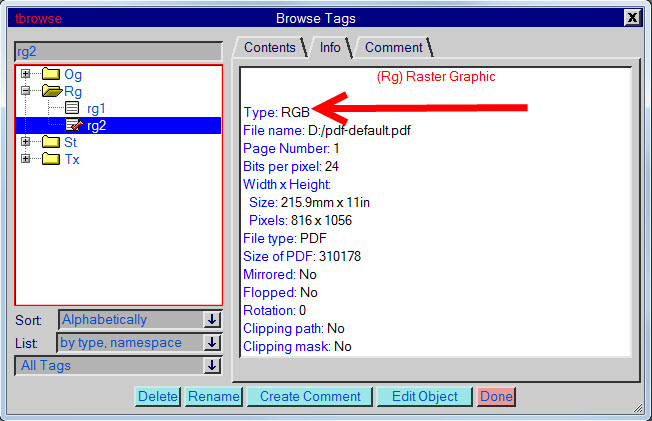

The impetus for the framework was to facilitate the integration of evaluation into public health programs, but the framework focuses on six components that are critical for any evaluation. For example, in 1999, CDC published a framework to guide public health professionals in developing and implementing a program evaluation (CDC, 1999). Several institutions have identified guidelines for an effective evaluation. Reduction in morbidity and mortality associated with cardiovascular disease may represent an impact goal for a smoking cessation program (Rossi et al., 2004). In contrast, an outcome evaluation of a smoking cessation program might examine how many of the program’s participants stopped smoking as compared with persons who did not participate. Summative, outcome, and impact evaluation are appropriate to conduct when the program either has been completed or has been ongoing for a substantial period of time (Rossi et al., 2004).įor example, assessing the strategies used to implement a smoking cessation program and determining the degree to which it reached the target population are process evaluations. Whereas outcome evaluation tends to focus on conditions or behaviors that the program was expected to affect most directly and immediately (i.e., “proximal” outcomes), impact evaluation examines the program’s long-term goals.

Outcome evaluation focuses on the observable conditions of a specific population, organizational attribute, or social condition that a program is expected to have changed. Summative evaluation informs judgments about whether the program worked (i.e., whether the goals and objectives were met) and requires making explicit the criteria and evidence being used to make “summary” judgments. Formative and process evaluations are appropriate to conduct during the implementation of a program. Evaluation of a program usually includes multiple measures that are informed by the contributions and perspectives of diverse stakeholders.įormative evaluation provides information to guide program improvement, whereas process evaluation determines whether a program is delivered as intended to the targeted recipients (Rossi et al., 2004). The primary purposes of an evaluation are to assess the processes and outcomes of a specific initiative and to facilitate ongoing program management. Evaluation, in contrast, may or may not contribute to generalizable knowledge. Often, the research is widely disseminated. Research establishes a time sequence and control for potential confounding variables. Research is hypothesis driven, often initiated and controlled by an investigator, concerned with research standards of internal and external validity, and designed to generate facts, remain value-free, and focus on specific variables.

Program evaluation uses the methods and design strategies of traditional research, but in contrast to the more inclusive, utility-focused approach of evaluation, research is a systematic investigation designed to develop or contribute to generalizable knowledge (MacDonald et al., 2001). This approach includes determining whether the appropriate persons or organizations are involved the activities they are involved in whether participants feel they have significant input and how engagement develops, matures, and is sustained. This type of evaluation needs to identify the relevant community and establish its perspectives so that the views of engagement leaders and all the important components of the community are used to identify areas for improvement.

The community as a whole and individual community groups are both key stakeholders for the evaluation of a community engagement program. Furthermore, stakeholders can identify program priorities, what constitutes “success,” and the data sources that could serve to answer questions about the acceptability, possible participation levels, and short- and long-term impact of proposed programs. The results of evaluation are often used by stakeholders to improve or increase capacity of the program or activity. This utilization-focused definition guides us toward including the goals, concerns, and perspectives of program stakeholders. Program evaluation can be defined as “the systematic collection of information about the activities, characteristics, and outcomes of programs, for use by people to reduce uncertainties, improve effectiveness, and make decisions” (Patton, 2008, p.


 0 kommentar(er)
0 kommentar(er)
